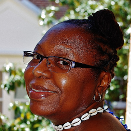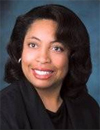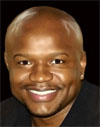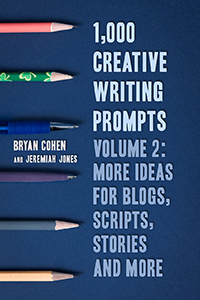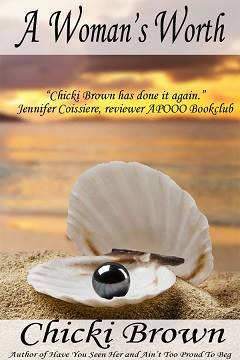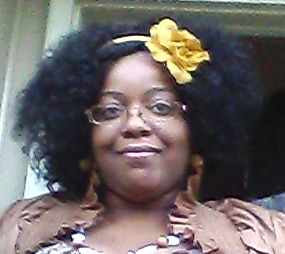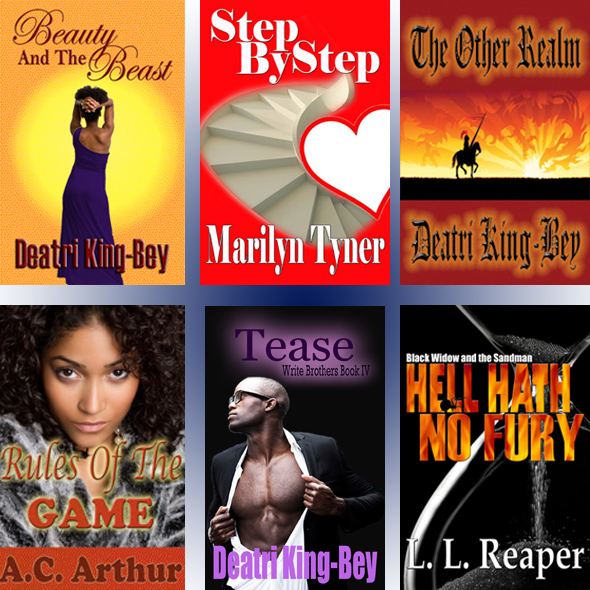 The publishing world is ever changing, and you need to change with it or be left behind. With so many moving pieces, it can be difficult to focus. The key is to pick one area at a time to follow.
The publishing world is ever changing, and you need to change with it or be left behind. With so many moving pieces, it can be difficult to focus. The key is to pick one area at a time to follow.
This is a two-part article. Let’s Get Down To Publishing Business delves into the parts of the business that move, but not so much they are hard to keep track of as much such as taxes, earnings and proper planning. I find this stuff boring, but you have to learn about it, so don’t skip it.
Now back to the not so boring part. Let’s look at some of those moving parts of the publishing industry.
BARNES & NOBLE
In the past year, Barnes & Noble has changed quite a bit. To upload your ebook, instead of going to pubit.com you should now use http://www.NookPress.com. I have always liked the sales reports better on Barnes & Noble. You have a breakdown of what you sell each day and the royalty. So if I run a promo campaign on the 4th, 5th and 6th, I can see how many and what titles I sold on the 4th, 5th, and 6th.
The Nook Press platform for uploading the book isn’t much better than it was before. You can actually edit your manuscript in Nook Press, but I haven’t used that feature. I don’t like the idea of keeping my manuscript there. I’ll do it the old fashioned way. Write it on my computer and upload it.
It used to take around three days for my titles to show for sale after uploading. Lately, I’ve been averaging about a day. The Nook Press system is more touchy with the files. Follow their guidelines or the system will not accept your manuscript. When formatting, please note that using a “Page Break” no longer starts chapters on a new page. You must now use “Section Break.” They have also changed the cover dimensions and file size. Read their guidelines. They are ever changing.
Unfortunately, they don’t have any new promo opportunities, their customer service is still poor and the newsletters they send out to customers with recommended reads aren’t the best at introducing readers to books similar to those they’ve purchased in the past. Hopefully, things will improve.
Many authors have given up on Barnes & Noble, but I’m not one of them. I’ll take my little $200-$600 a month from them for now and be happy.
AMAZON
Amazon has so many changes. Where to begin? Where to begin?
Subgenres: There are additional subgenres that you need to pay attention to. For example Interracial Romance and Science Fiction Romance. If your book actually fits into one of the new subgenres, use the Contact option from the KDP site and ask them to add your title to that subgenre. Remember, Amazon only allows you to link your title to two genres, so you’ll only get to choose one genre when you are updating your product page information.
One of my mentees had her title added to the appropriate subgenre and her sells took off. Since she changed in November, she’s gotten around 65 sells. Previous to that she’d only had 20 and her book had been out over a year. She also has not been promoting her book, so this is all from the change in genre.
Kindle Book Formatting: Amazon now wants you to have a Table Of Contents in your ebooks. They’ll let you upload the file without the table of contents, but eventually, you’ll get a nasty gram saying you need to update your book with a table of contents. They also have a “spell check” of sorts now that calls out errors in your book after it’s been uploaded. Don’t rely on it. Hire good editors and proof readers.
Review Removal: In an attempt to decrease phony reviews, Amazon added a new policy for not allowing reviews or “Sentiments by or on behalf of a person or company with a financial interest in the product or a directly competing product (including reviews by publishers, manufacturers, or third-party merchants selling the product)” –Amazon Policy
Technically, authors could not write reviews for other authors. You also couldn’t have your family and friends writing glowing reviews for you. At first numerous reviews were removed, but Amazon has pretty much backed off this.
Kindle MatchBook: If your eBook is also available in print, through your KDP dashboard, you can link the two, so that when someone purchases the print edition, they can also purchase the eBook version as a discounted price. I’ve done this with my eBooks that are available in print and haven’t seen a measurable increase in print sales. Here’s more information on Kindle MatchBook.
Be careful if the print version of your book was ever released by a different publisher. Ensure Amazon knows which book to link the MatchBook promotion to. Many authors have gotten their rights back, but their old publishers are still selling print copies of their titles.
KDP Reports: The reporting is greatly improved. You no longer have to wait until the 15th of the month to see the previous month’s sells. I like the at a glance look at how many of each title I sold for the month. Granted, you will not have the royalty report for the previous month until the 15th, but if you really wanted to know, you can always look at your previous six weeks report. You can also toggle between locations. For example how well are your titles selling in the UK or Germany? Take your time and go through the reports section. You’ll find lots of goodies.
KDP Payday: There is no longer a minimum royalty payout. So if you sell one copy of your .99 title in February, you’ll receive your royalty check for that .99 sell at the end of April.
Release Date: Numerous authors found out that the release date on their product page had been updated to a current date without their knowledge. What happened? A few months ago, Amazon changed the programming in the background. Before this change, if you didn’t select a publishing date when you uploaded your title, it used the date that the file was uploaded and that was the end. You could go in and change your product information and have no issues. After the change, if you have not selected a publication date, the system can automatically update your publication date.
Yep. You can end up having a publishing date YEARS after review dates if this happens. Have no fear. Just go into the KDP dashboard then to the titled product page information and update the release date to the proper date. On the KDP dashboard, it will list the original release date.
GOODREADS
Amazon purchased Goodreads. Many were worried that would be the end of Goodreads, but the site is still thriving. One of the biggest changes on Goodreads is now authors can “own” their profile. It’s a way of keeping information up to date on your titles. Read more about the Goodreads Author Program
One thing I really like about Goodreads is the quotes. Readers can post quotes from books they’ve read. I’ve found this is a great conversation starter. Soooo, be sure to encourage your readers to showcase their favorite quotes from your titles. Here are a few from one of my titles.
Goodreads quotes: https://www.goodreads.com/work/quotes/25520642-the-only-option
FACEBOOK
I know you don’t want to hear this, but your opt-in mailing list is your most powerful weapon in your marketing arsenal (outside of releasing outstanding books). Building a high quality opt-in list is time consuming, but worth it. What does this have to do with Facebook? Well, those of you who follow my teachings have heard me say several times that your social media friends and likes are not YOURS. They belong to the social media site.
I think Facebook, Twitter and such are great for promotion, but don’t only rely on them. Keep growing your opt-in mailing list. So let’s look at what has happened over at Facebook since this time last year.
Actually, we need to go back a little over a year when Facebook began warning users not to promote on their personal pages. They encouraged users to create fan pages, which were for business and had just as far of a reach of a personal page AND the added bonus of your being allowed more than 5,000 followers.
So people started following the rules and creating Fan pages. In came a Facebook business model change. They decided to start charging you for you to post to more than 10% of your list of your fan pages. In came another change on your personal pages. Your statuses are no longer posted to all of your “friends” newsfeeds. They are only posted to “friends” who you have interacted with recently.
So now authors who only relied on Facebook are having difficulty reaching their followers unless they are willing to pay. How much does it cost? Here’s an article that breaks it down nicely: Facebook I Want My Friends Back
Expensive, huh? Soooo, get to working on your opt-in mailing list. Again, social media is great. Use it, but don’t put all your eggs into a basket you don’t even own. You do not control what business model those social media sites will follow. You do control your mailing list though.
Before I change the subject form Facebook, I came across an interesting article about why you should Like Your Own Facebook Post.
Twitter now allows you to post images! I love that feature, but still don’t get Twitter. Every year I try some new marketing technique. Last year was the year of Twitter for me. I actively participated. I set up my Hootsuite tool to repost blog post and promos. I retweeted and was retweeted. I gained followers and followed…. All that good stuff. I usually send people from social media over to my website so I can see where my promo traffic is coming from and guess what? I barely saw anything from Twitter. For me, it wasn’t worth my time. I still go on Twitter from time to time, but it’s just not my thing. If it works for you, GO FOR IT!
YOUR TURN
Okay, there are more changes. What have you noticed has changed over the last year? Enlighten us.
If you found this post helpful, please use the Share buttons to spread the word about it.
Don’t have a copy of Become A Successful Author? What are you waiting for?Become A Successful Author is used in the “How To Write That Novel” course at Chicago State because it covers everything from branding to writing to editing to formatting and uploading electronic and print books to marketing and so much more. Your time is money. Look at all the time, thus money, you’ll save by ending your search for answers: Purchase Become A Successful Author for only $4.99 (eBook) or $9.99 (print) from: Amazon (US), Amazon (UK), Barnes & Noble
